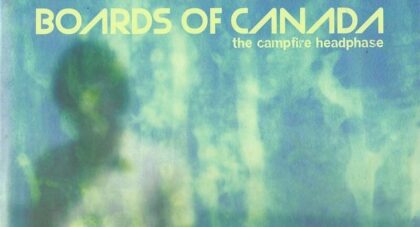Antiquarian bookseller and author Paul Drummond's new book 13th Floor Elevators: A Visual History gathers together a wealth of materials, including photos, clippings, show flyers, stills, and legal documents. Here, editor Mark Iosifescu discusses bringing the uncanny saga of the Elevators to life . . .
Only the good shit. Aquarium Drunkard is powered by its patrons. Keep the servers humming and help us continue doing it by pledging your support.
To continue reading, become a member or log in.


